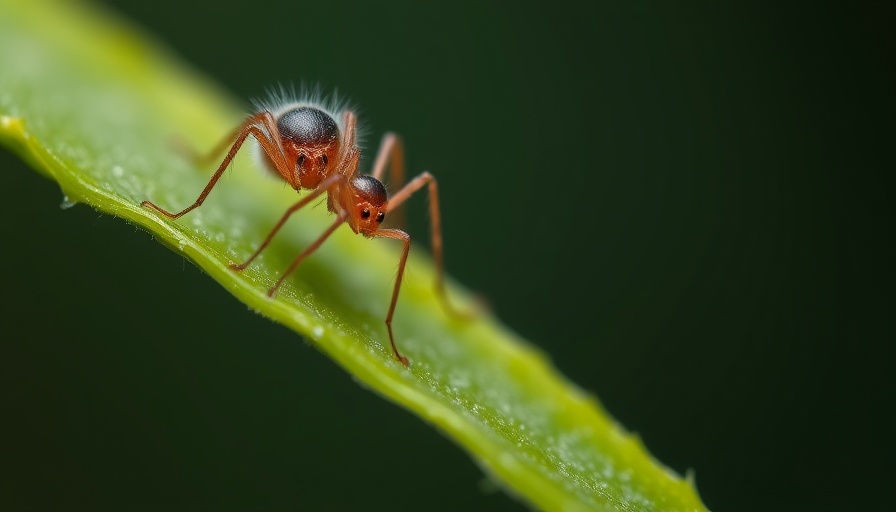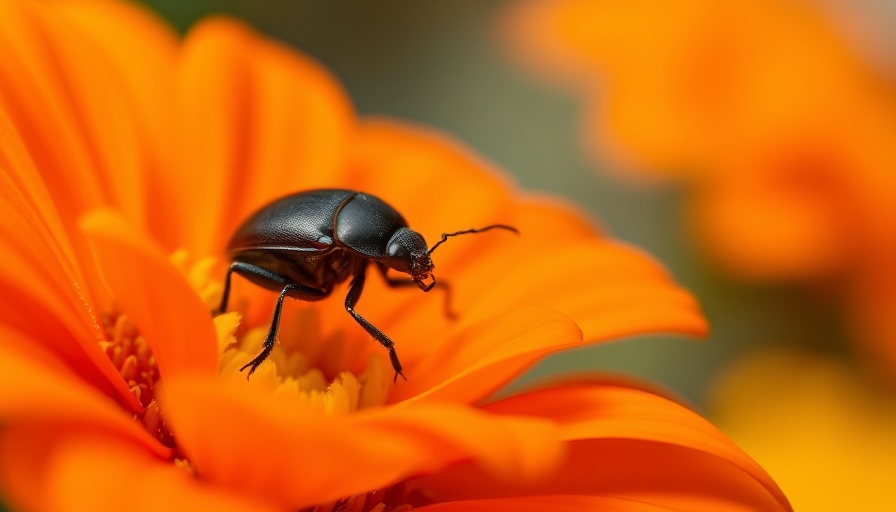
Understanding Spider Mites: The Hidden Garden Villains
As summer reaches its peak, so too do the threats to our vibrant gardens. One such menace lies within the delicate plants we nurture: the spider mite. These diminutive pests, often mistaken for simple dust specks, can wreak havoc on over 200 different species, turning a blossoming garden into a frail shadow of its former self. Their telltale sign, a fine webbing beneath leaves, distinguishes them from other garden intruders like aphids or thrips, indicating that your plants are under siege.
Spider Mites: Not Just Your Average Bug
Interestingly, spider mites are not insects at all. As members of the arachnid family, they boast eight legs and are cousins to spiders and ticks. These tiny creatures measure less than 1/20th of an inch, making them difficult to spot until they’ve caused significant damage. They thrive in dry, dusty conditions, particularly during the summer months of June to September, when temperatures rise and humidity drops. This environmental preference makes them particularly dangerous for plants lacking sufficient water, as thirsty foliage becomes more vulnerable to infestation.
Why Your Plants Are at Risk
The symptoms of spider mite damage start subtly, with leaves presenting a stippled appearance as the mites suck out cell contents. As populations escalate—sometimes reaching hundreds in a single colony—leaves may begin to yellow or turn red, ultimately leading to leaf drop. This can have serious implications not only for the plants' health but also for the crop yield, especially in vegetable gardens where every leaf counts.
Effective Control Measures: Keep Your Garden Safe
Maintaining proper irrigation is essential in preventing spider mite infestations. Water-stressed plants become prime candidates for these pests. Establishing an effective watering schedule and ensuring all plants receive adequate moisture can be the first line of defense against these invaders. Additionally, creating a favorable environment for natural predators is crucial for controlling spider mite populations. Predatory mites, lacewings, and predatory thrips can keep the spider mite numbers in check when the ecosystem is left undisturbed by pesticides.
Simple Practices for Prevention
Apart from diligent watering, there are several simple practices you can adopt to reduce the risk of spider mite infestations:
- Control Dust: Apply water to garden pathways and regularly wash plants to eliminate dust that can contribute to the spider mite population thriving.
- Mite Monitoring: Use a piece of white paper underneath affected plants to catch moving mites and assess their presence before it escalates.
- Encourage Biodiversity: Protect beneficial insects by avoiding unnecessary pesticide use, allowing a healthy mix of predators to thrive in your garden.
Long-Term Strategies for a Thriving Garden
Embracing organic gardening techniques can vastly improve your chances of keeping spider mites and other pests at bay. Incorporating companion plants, practicing crop rotation, and enhancing soil health can create a diverse habitat, making it less appealing for spider mites. Consider starting a kitchen garden or vertical gardening project that integrates sustainably grown herbs and vegetables, which can often resist pests better due to varied plant types and health.
Conclusion: Protect and Enjoy Your Garden
By understanding spider mites and implementing strategic gardening techniques, you can protect your garden this summer. Keeping your plants well-watered, dust-free, and welcoming to beneficial predators offers a solid chance of mitigating these pesky invaders. Let your garden flourish in its full glory, free from the threat of spider mites!
 Add Row
Add Row  Add
Add 




 Add Row
Add Row  Add
Add 

Write A Comment